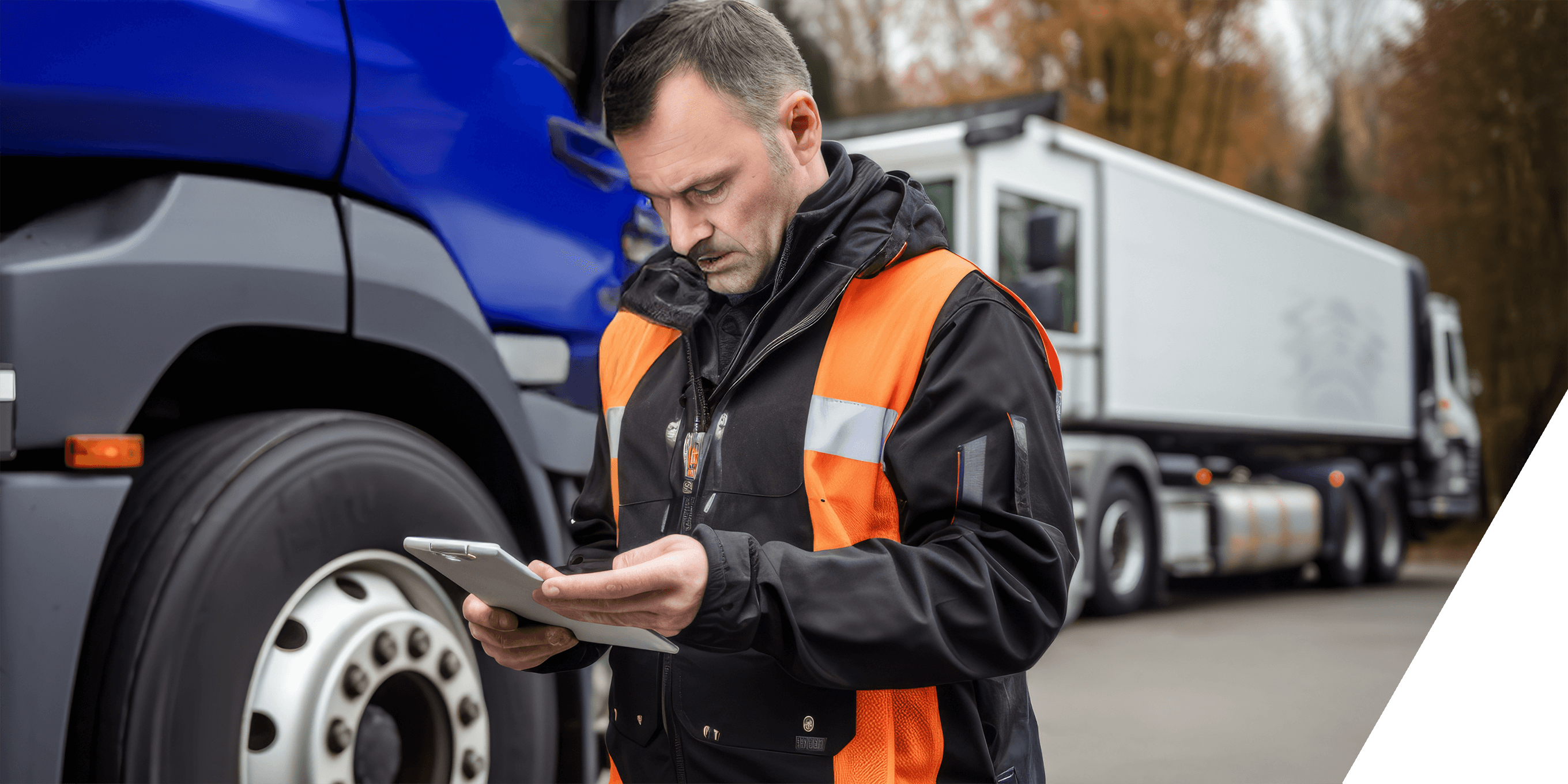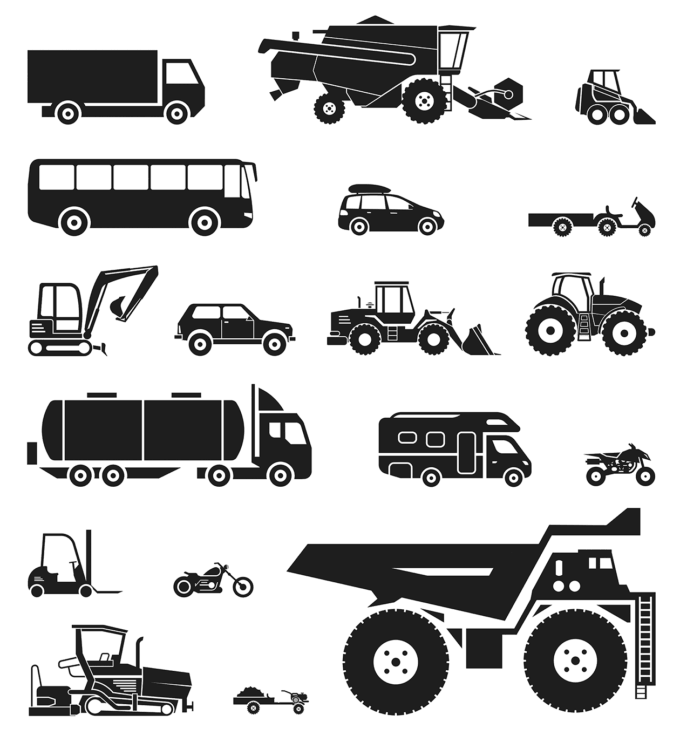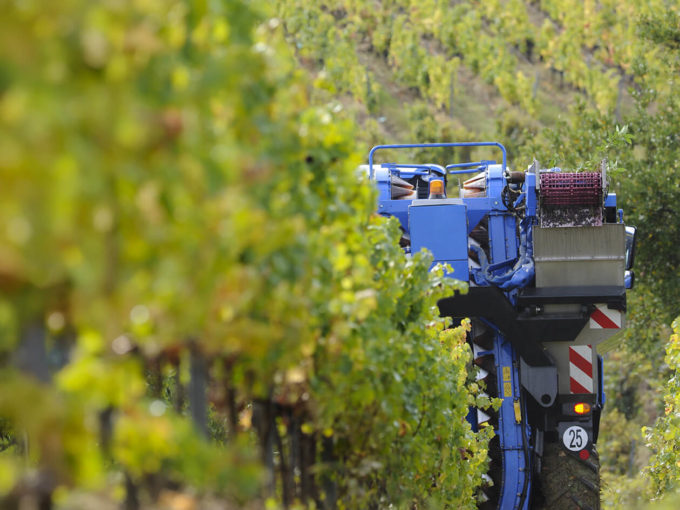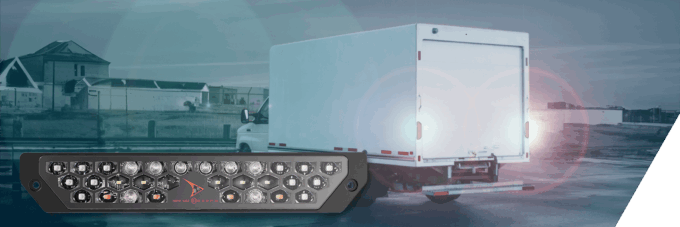
Understanding vehicle classes: Finding your way through the jungle of equipment options
published on 3. June 2025
In many companies, the vehicle fleet is a mixture of industrial trucks, tractors, sweepers, and other special-purpose vehicles. Often, everything runs smoothly — until a vehicle has to be driven on public roads or retrofitted. Then questions suddenly arise:
- Does the rotating beacon have to have an E-mark?
- Is a turn signal required?
- Can a simple LED work light be used?
Whether a vehicle is subject to equipment requirements can only be answered once you know which vehicle class it belongs to. And that’s where it gets complicated – because not all vehicle classes are the same.
Classifications at a glance
In practice, there are three different systems for classifying vehicles. They serve different purposes and are not always compatible with each other.
1. EC vehicle classes (road traffic)
This classification is based on European registration law (EU type approval) and is decisive when a vehicle is driven on public roads. Well-known classes include:
- M1: Passenger cars for transporting people
- N1: Transporters for transporting goods up to 3.5 t
- T: Agricultural and forestry tractors
- L: Light vehicles, tricycles, quads
When vehicles are classified into these classes, legally defined requirements for lighting, marking, and registration apply.
2. DGUV classification system (occupational health and safety)
The German Social Accident Prevention Regulation (DGUV) defines what constitutes an industrial truck in Regulation 68, for example. These vehicles—such as forklifts or pallet trucks—are not subject to registration, but are subject to special requirements for safe operation in factory traffic.
The DGUV classification has no legal effect in road traffic, but is decisive for internal safety.
3. Technical classifications (e.g., ISO 5053-1)
Standards such as ISO 5053-1 classify industrial trucks according to their design and function (e.g., front-loading forklifts, narrow-aisle trucks, platform trucks). This classification is mainly used for product description and has no influence on legal obligations.

What the vehicle class means in practice
– Example: logistics company
A typical medium-sized logistics company with several of its own vehicles operates warehousing, transshipment, and delivery on a shared site. Its fleet is functional – but not uniform. Here is an overview of the vehicles used and how they are classified legally:
| Vehicle type | Typical use in operation | Classification (simplified) | Significance for lighting & equipment |
|---|---|---|---|
| Semi-trailer truck | Interregional transport | EC class N3 (tractor unit) | Full StVZO equipment in accordance with ECE required |
| 7.5-ton truck (with tarpaulin or box body) | Local transport and regional delivery | EC class N2 | Full lighting required in accordance with ECE, reflectors, indicators, etc. |
| Counterbalance forklift truck | Loading and unloading in warehouses | Industrial truck in accordance with DGUV Regulation 68 | No StVZO requirement, free choice of lights (e.g. without E-mark) |
| Portable forklift truck | Travels on trucks, used for unloading | Machine with transport function, special role | No separate registration, but secure fastening and operation required* |
| Pallet truck, non-motorized | Goods movement in the hall | Industrial truck, no class assignment | No equipment requirements, no lighting necessary |
| Pallet truck, electric | Indoor and short-distance use with drive | Industrial truck with auxiliary drive | Same as above, internal regulations for labeling may apply |
| High-lift truck, electric | Stacking function, stationary use | Technically similar to high-lift truck – industrial truck | No StVZO equipment necessary |
| Ride-on sweeper | Cleaning of the depot | Self-propelled work machine (class AM or similar) | StVZO only relevant for public use, otherwise voluntary equipment |
| Service vehicle (e.g. VW Sprinter) | Technical vehicle for mobile maintenance | EC class N1 | ECE-compliant lighting required |
| Field service vehicles (passenger cars) | Customer visits, mobile consulting | EC class M1 | Full StVZO-compliant equipment required |
| Order picking trolley, electric | Internal order picking | Industrial truck, special design if necessary | Usually no registration required, equipment according to internal requirements |
* Please note: Additional regulations apply when driving in public areas. See our article on road approval.

Knowing the classification helps you make the right decision
Lighting, safety equipment, and licensing requirements do not depend on how a vehicle looks, but on how it is classified by law. This is precisely why understanding vehicle classes is so important: it provides clarity in situations where there is uncertainty—for example, when retrofitting, using vehicles in public spaces, or selecting the right products.
Three things are crucial:
- Is the vehicle used publicly or only internally?
- Does it belong to an EC vehicle class, or is it considered a work machine or industrial truck?
- What regulations apply to the equipment as a result?
Anyone who can answer these questions – or knows how to clarify them – avoids wrong decisions, saves costs, and reliably complies with legal requirements.
This overview provides you with the basic knowledge you need to correctly classify vehicle types and make informed decisions about the necessary equipment. If you have any questions, please contact us. We are happy to help!
tagged with Industrial trucks, Regulations, Road approval, Special vehicles



